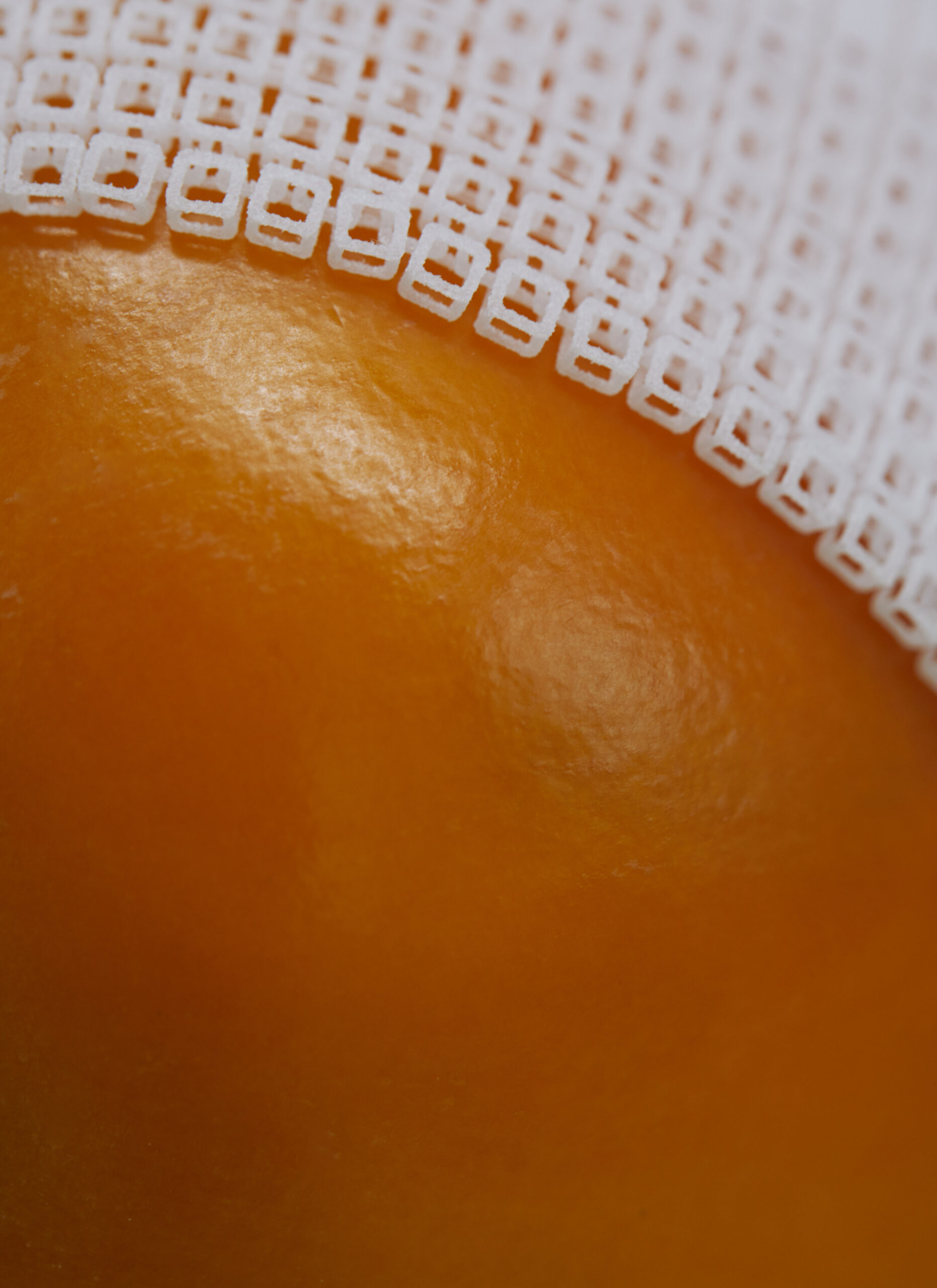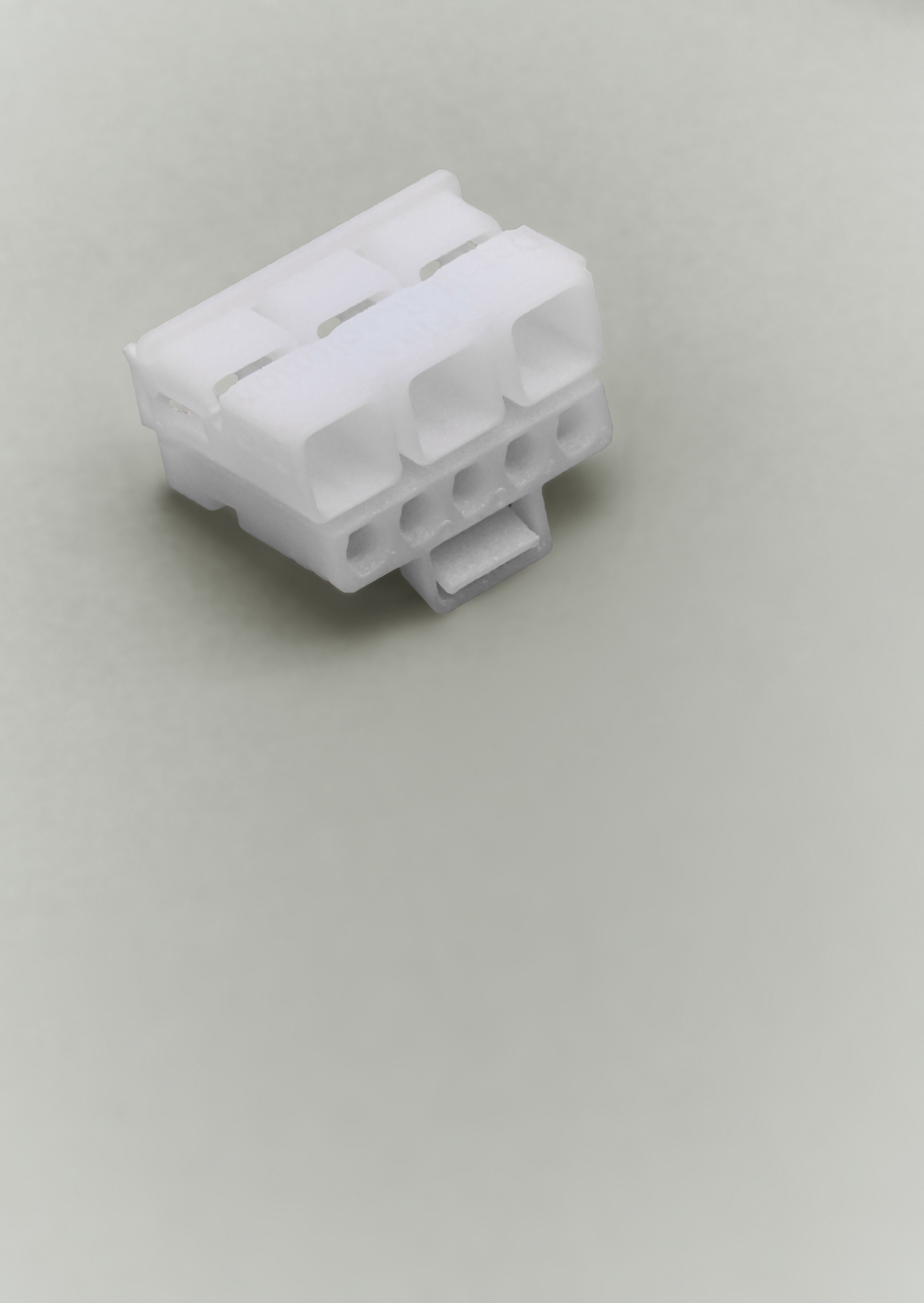Fine Detail Resolution: A New Level of Precision and Durability Beyond Traditional Polymer 3D Printing

Fine detail resolution (FDR) is a technology that enables balance in polymer additive manufacturing (AM). This technology allows for the creation of robust parts with a high level of detail resolution, which was previously associated with stereolithography (SLA). Laser power bed fusion (LPBF) is a method of 3D printing, selective laser sintering (SLS) is an approach to LPBF, then enter FDR – a new approach to SLS that rivals SLA. For industrial 3D printing applications that require complex and detailed parts like filter units, fluid guides and electronic components, FDR’s advanced process ensures that the AM series production produces parts as intricate as the prototypes.
This technology is a significant advancement in polymer 3D printing that pushes the boundaries of detail resolution and opens up a world of possibilities for applications. Curious how? Here are some specific benefits.
1. Detail and Dimensional Accuracy
FDR utilizes a CO laser that produces an ultra-thin beam with a 0.22 mm (200 µm) focus diameter. This ultra-fine laser allows for powder melting and shaping at the granular level necessary to create tiny part details. In addition to its ultra-fine laser, FDR technology ensures swift and uniform build volume layering through a recoater, laying a consistent foundation for multiple layers. The margin of error for dimensional accuracy with FDR is a mere +/- 40µm, comparable to injection molding and dependent on part geometry. This ultimately contributes to the unparalleled quality and accuracy of the finished print.
Other technologies like SLA and DLP may produce similar results, but they are more suitable for experimental use, and their dimensional accuracy is not as reliable for industrial-level production. This precision not only elevates the quality of part builds but also imparts stability, robustness, and durability, making FDR particularly well-suited for applications in electrical and electronics equipment, specialized mechanical engineering, and the manufacturing of medical devices.

2. Higher Productivity
If decision-makers are looking for a production method that beats the speed of resin-based techniques like SLA and DLP, then FDR is the way to go. FDR excels in speed and introduces a revolutionary capability for nesting parts across various vertical levels. This innovative feature enhances efficiency and opens up unprecedented avenues for boosting productivity. Production timelines are also accelerated and businesses are empowered to explore novel design possibilities with FDR, ultimately reshaping the landscape of industrial 3D printing.
3. Simplified Post-Processing
When it comes to manufacturing, we all want a method that produces high-quality parts with minimal post-processing. This is where FDR comes in – it eliminates the need for UV or heat treatment and eliminates the time-consuming task of removing supports.
FDR’s mechanical properties that use high-quality polymer, polyamide 11 (PA 11) include excellent impact resistance and elongation at break, making it the ideal choice for end-use parts in tough operating conditions, such as automotive, where the technology can create components like electrical or liquid connectors to enable a level of precision and durability to support assisted driving systems.
In contrast, SLA and DLP require individual parts to be delicately set aside for post-processing, and further exposure to laser energy or UV light is often required to harden parts, even those that will only be prototypes. Unlike SLA and DLP, FDR’s PA 11 is highly resistant to UV rays and is chemically and mechanically heat-resistant, resulting in longer-lasting parts. Moreover, FDR is the smart choice for precision, accuracy, and durability.
Unlike other non-LPBF polymer 3D printing methods, FDR doesn’t require support structures during part builds. The unfused powder particles are sufficient to hold the parts in place and support overhangs, simplifying design, speeding up post-processing, reducing material waste, and enhancing part quality and productivity.
Derived entirely from castor beans, which thrive on marginal lands unsuitable for food crops, PA 11 is also a sustainable and eco-friendly choice. Its biocompatibility further enhances its appeal, especially in applications within the medical industry and products that come into contact with food.

Introducing FDR Into AM Workflows
With its unique ability to achieve high-resolution details and industrial efficiency, SLS-based FDR technology is an excellent choice for an organization’s polymer additive manufacturing needs, whether it’s a company’s sole AM process.
To learn more, check out EOS’ webinar to discover even more intricacies of FDR technology and gain valuable insights into application examples and best practices for optimal FDR production.
Subscribe to Our Email Newsletter
Stay up-to-date on all the latest news from the 3D printing industry and receive information and offers from third party vendors.
You May Also Like
Gorilla Sports GE’s First 3D Printed Titanium Cast
How do you help a gorilla with a broken arm? Sounds like the start of a bad joke a zookeeper might tell, but it’s an actual dilemma recently faced by...
Nylon 3D Printed Parts Made More Functional with Coatings & Colors
Parts 3D printed from polyamide (PA, Nylon) 12 using powder bed fusion (PBF) are a mainstay in the additive manufacturing (AM) industry. While post-finishing processes have improved the porosity of...
$25M to Back Sintavia’s Largest Expansion of Metal 3D Printing Capacity Since 2019
Sintavia, the digital manufacturing company specializing in mission-critical parts for strategic sectors, announced a $25 million investment to increase its production capacity, the largest expansion to its operations since 2019....
Velo3D Initiates Public Offering in a Bid to Strengthen Financial Foundations and Drive Future Growth
Velo3D (NYSE: VLD) has been among a number of publicly traded 3D printing firms that have attempted to weather the current macroeconomic climate. After posting a challenging financial report for 2023,...































